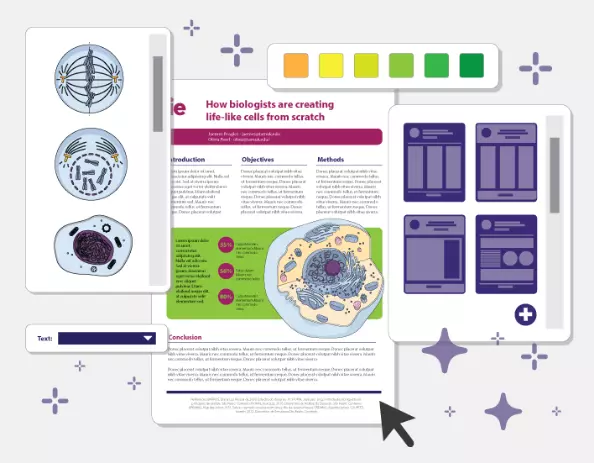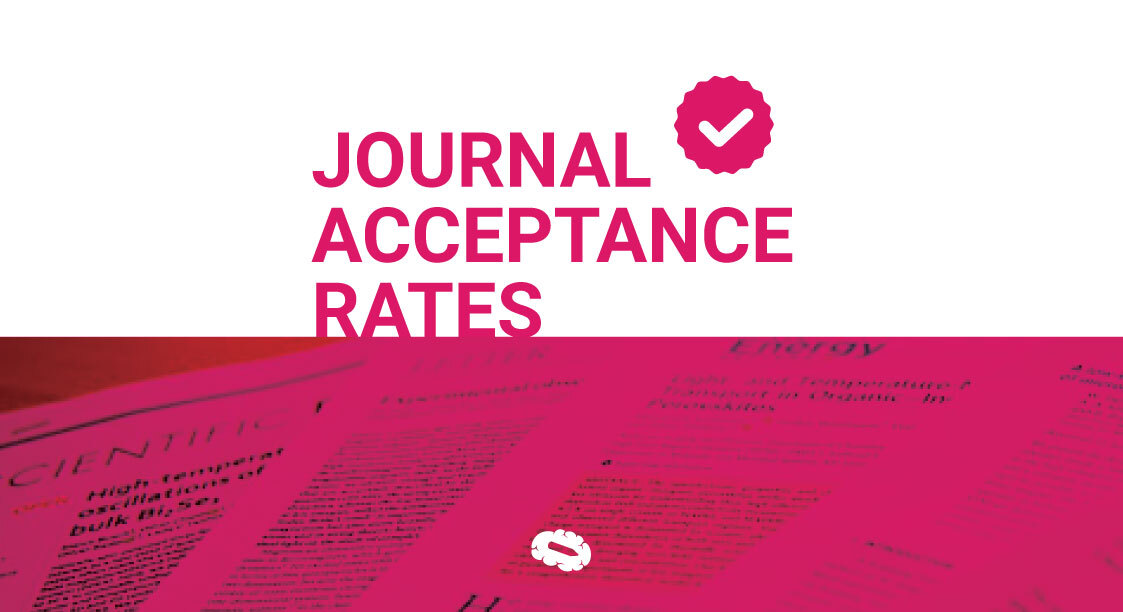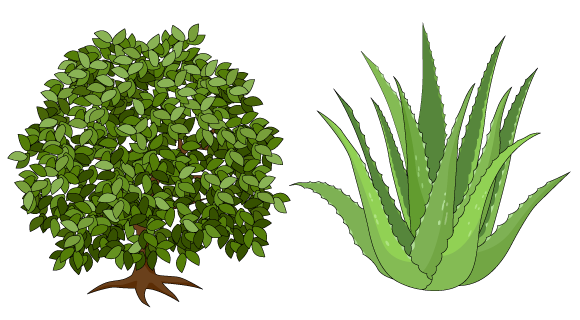Publishing research papers in high-impact journals is an important aspect of academic and scientific success. However, choosing the right journal to publish your research in can be a difficult task. In this article, we will discuss some key factors to consider when selecting the right journal for your research.
How does a publication in a scientific journal work?
Publishing a scientific article in a journal is crucial for researchers to disseminate their findings and contribute to the scientific community’s knowledge base. While the publication process can be complex and lengthy, it is essential for ensuring that research is rigorously reviewed and meets high standards of scientific quality. Understanding the steps involved in publishing a scientific article is crucial to navigating this process effectively. Below are some steps that can help researchers to publish in a scientific journal.
Selecting a Journal
The first step in publishing a scientific article is selecting an appropriate journal. Researchers must consider several factors when selecting a journal, including the scope of the journal, the target audience, and the journal’s impact factor.
Manuscript Preparation
Once the journal has been selected, the researcher must prepare the manuscript according to the journal’s specific guidelines. This includes formatting, reference style, and word count.
Submission
After the manuscript has been prepared, the researcher can submit it to the journal through the online submission system. This typically includes a cover letter, the manuscript, and any supplementary materials.
Peer Review
After submission, the manuscript undergoes a peer-review process, where it is evaluated by independent experts in the field. The reviewers assess the quality, originality, and significance of the research and provide feedback to the author.
Revisions
Based on the feedback from the reviewers, the author may need to revise the manuscript. This may involve addressing specific comments or re-analyzing data.
Acceptance and Publication
If the manuscript is accepted, it undergoes a final proofreading and formatting process before publication. Once published, the article is indexed and made available to the scientific community. Read more about journal acceptance rates and their impact factor.
How to choose the right journal?
If you want to know how to choose a scientific journal for publication, the first step is to identify potential journals in your research area. Some of the best ways to do this include searching online databases, consulting with colleagues and mentors, and looking for journals that have published similar research in the past. It is important to consider factors such as the journal’s focus and scope, readership, and publication frequency when selecting potential journals.
Another way to help you are some specialized tools. Several software programs can help you find the right journal to publish your research. Some popular options include:
1. Journal/Author Name Estimator (JANE)
These tools can assist in how to choose a scientific journal for publication, and narrowing down the list of potential journals based on factors such as subject area, impact factor, and publishing policies.
Ensuring a Good Fit
Considering the indexing and discoverability of the journal can help ensure that your research reaches a wider audience. Lastly, carefully reviewing the author guidelines and submission requirements of each journal can help ensure that your research meets the journal’s requirements and is submitted in the correct format.
It is important to ensure that your research is a good fit for the journal you choose. This means considering factors such as the journal’s scope, its readership, and any previous publications the journal has produced. Additionally, it is important to consider the journal’s open-access policies and any publication fees that may be associated with publishing in the journal.
Evaluating Journals
Once you have identified potential journals, the next step is to evaluate them based on factors such as the journal’s impact factor, reputation, and peer-review process.
The impact factor is a measure of how frequently articles in the journal are cited, which can be a good indicator of the journal’s influence in the field. Additionally, considering the reputation of the journal, its editorial board, and the peer-review process can help ensure that your research is published in a reputable and respected journal.
Join our fast-growing community to revolutionize scientific communication
With Mind the Graph, scientists have access to a vast library of accurate scientific illustrations and tools to create professional graphics for publications, presentations, and posters. Our platform simplifies scientific communication, saving time and resources while increasing impact and engagement.


Subscribe to our newsletter
Exclusive high quality content about effective visual
communication in science.





